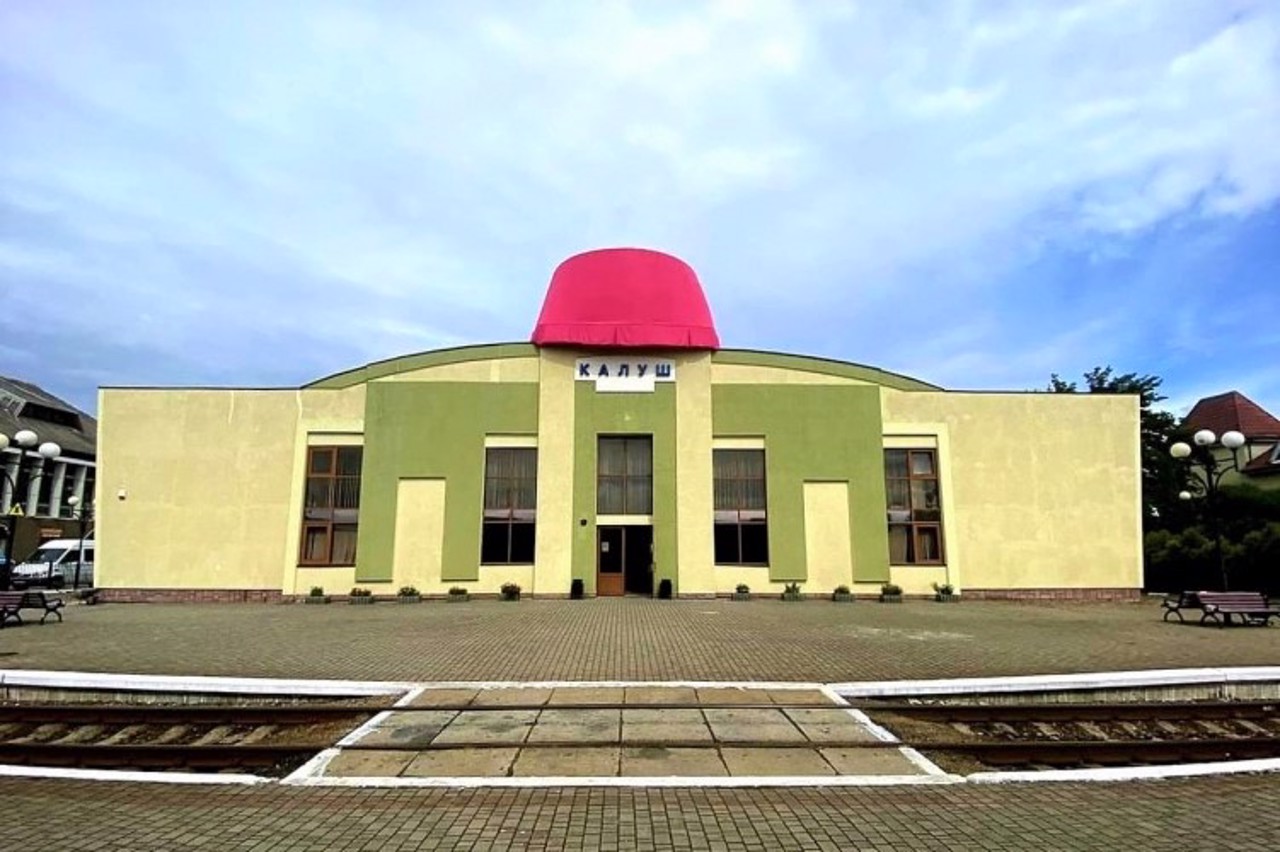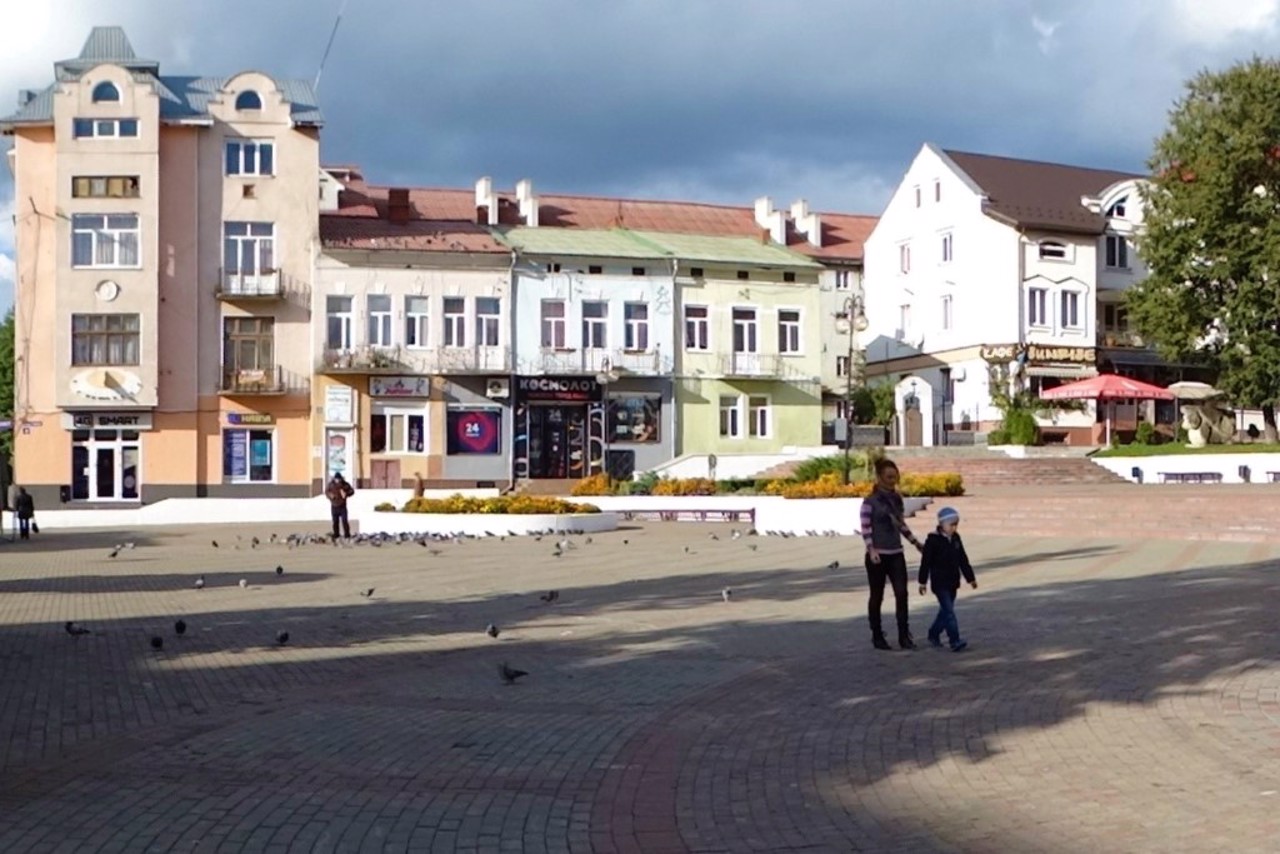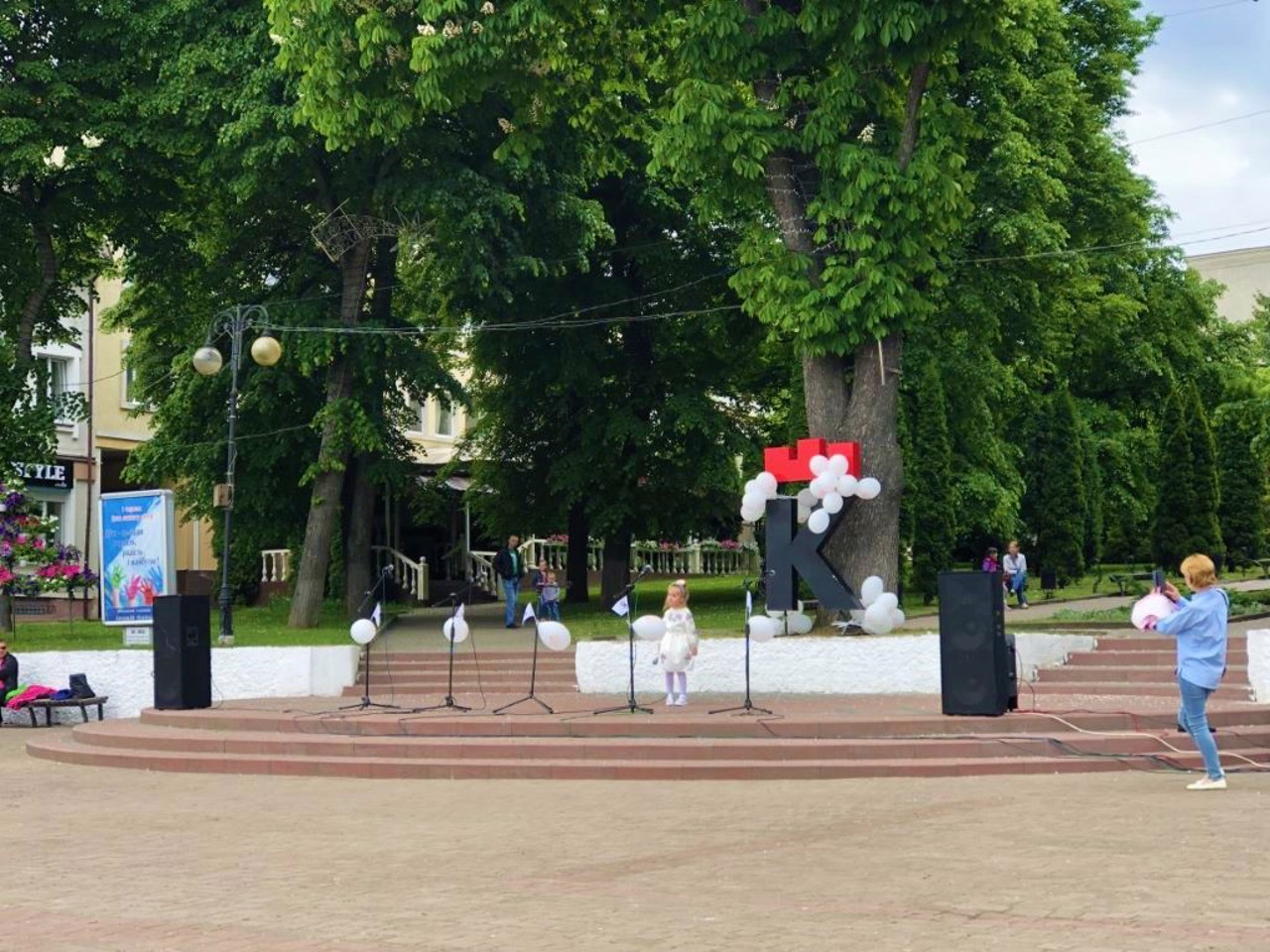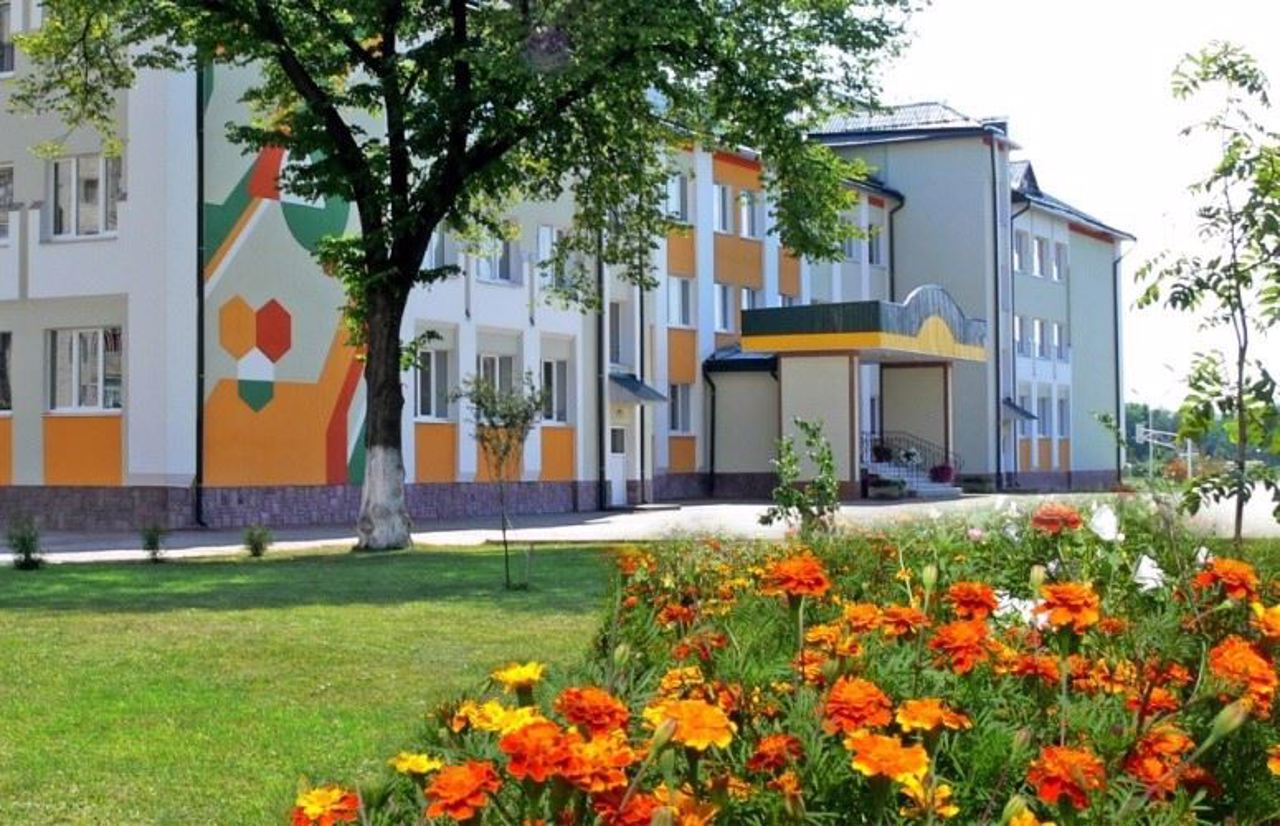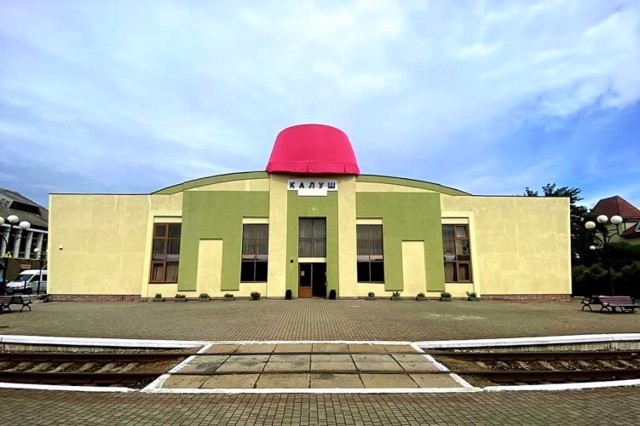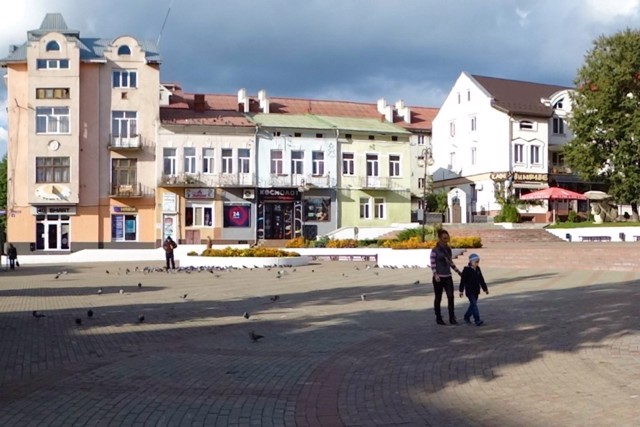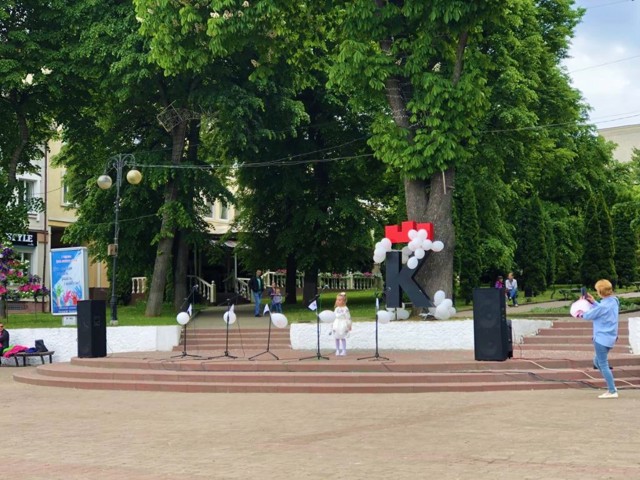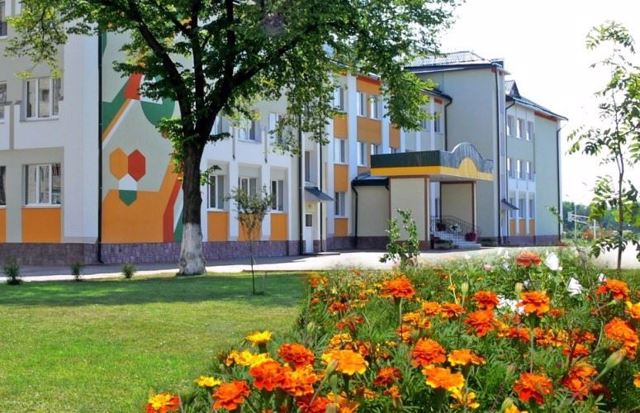Functional temporarily unavailable
General information about Kalush
The ancient Carpathian town of Kalush is located on the banks of the Sivka River. A significant industrial center of Prykarpattia.
The city was probably founded in the 12th century, it was first mentioned in written sources in the 15th century, it received Magdeburg rights in 1549 under the Polish Crown Hetman Mykolay Senyavsky.
The prosperity of Kalush is connected with the development of salt production, brewing, handicrafts, and then large-scale industry. Since 1772, the city was part of Austria-Hungary, at the beginning of the 20th century, the Ukrainian government of the ZUNR was briefly established here. The city is associated with the name of Stepan Bandera, there is a memorial museum in the village ...
The ancient Carpathian town of Kalush is located on the banks of the Sivka River. A significant industrial center of Prykarpattia.
The city was probably founded in the 12th century, it was first mentioned in written sources in the 15th century, it received Magdeburg rights in 1549 under the Polish Crown Hetman Mykolay Senyavsky.
The prosperity of Kalush is connected with the development of salt production, brewing, handicrafts, and then large-scale industry. Since 1772, the city was part of Austria-Hungary, at the beginning of the 20th century, the Ukrainian government of the ZUNR was briefly established here. The city is associated with the name of Stepan Bandera, there is a memorial museum in the village of Staryi Uhhryniv.
The Greek-Catholic Church of Saint Michael (1903-1913) and the restored Roman Catholic Church of Saint Valentine in the Neo-Gothic style (1844-1899) have been preserved, as well as several buildings of the 19th century.
Старовинне прикарпатське містечко Калуш розташоване на берегах річки Сівка. Значний промисловий центр Прикарпаття.
Місто виникло, ймовірно, у XII столітті, в письмових джерелах вперше згадується в XV столітті, Магдебурзьке право отримало в 1549 році при польському коронному гетьмані Миколаї Сенявському.
Розквіт Калуша пов'язаний з розвитком солевидобутку, пивоваріння, ремесел, потім великої промисловості. З 1772 року місто входило до складу Австро-Угорщини, на початку XX століття тут ненадовго була встановлена українська влада ЗУНР. Місто пов'язане з ім'ям Степана Бандери, в селі Старий Угринів діє меморіальний музей.
Збереглася греко-католицька церква Святого Михайла (1903-1913 роки) ...
Старовинне прикарпатське містечко Калуш розташоване на берегах річки Сівка. Значний промисловий центр Прикарпаття.
Місто виникло, ймовірно, у XII столітті, в письмових джерелах вперше згадується в XV столітті, Магдебурзьке право отримало в 1549 році при польському коронному гетьмані Миколаї Сенявському.
Розквіт Калуша пов'язаний з розвитком солевидобутку, пивоваріння, ремесел, потім великої промисловості. З 1772 року місто входило до складу Австро-Угорщини, на початку XX століття тут ненадовго була встановлена українська влада ЗУНР. Місто пов'язане з ім'ям Степана Бандери, в селі Старий Угринів діє меморіальний музей.
Збереглася греко-католицька церква Святого Михайла (1903-1913 роки) і відреставрований римо-католицький костел Святого Валентина в стилі неоготики (1844-1899 роки), кілька будівель XIX століття.
Сплануй своє перебування у Kalush
What to see and where to go in Kalush
Tourist attractions and museums of Kalush
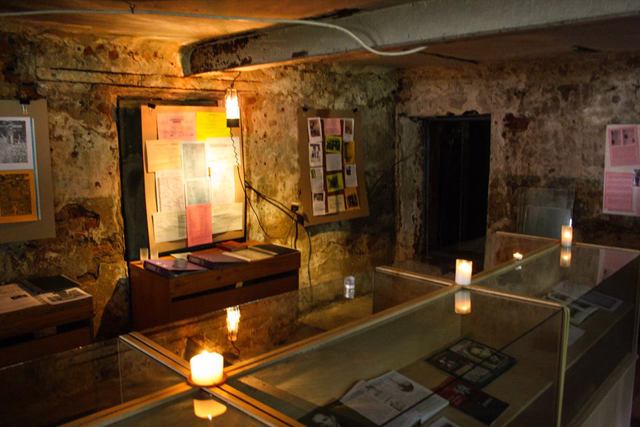
"Kalush Prison" Memorial Museum
Museum / gallery
"Kalush Prison" Memorial Museum was established in 2013 in the basement of a 19th-century building, which housed judicial and investigative institutions during the Polish and German occupations, and during the Soviet regime, the repressive bodies of the NKVD and the KGB.
Many OUN and UPA activists were under arrest here. The exposition in the hall "Early-Middle of the 20th Century National Liberation Struggle History" tells about their activities in the Kalush region.
In the hall of archaeological finds, materials from excavations on the territory of the city are presented. In another hall, the interior of a city room of the middle of the 20th century is recreated. A separate exposition is devoted to the history of the Revolution of Dignity and the Russian-Ukrainian war. The basement is used as an exhibition space for thematic exhibitions.
The "Kalush Prison" Memorial Museum is one of the subdivisions of the Communal Institution "Museum and Exhibition Center of the Kalush City Council".

Exhibition Hall
Museum / gallery
The exhibition hall of the Communal Institution "Museum and Exhibition Center of Kalush City Council" was opened in 1991.
The institution presents the work of Ukrainian and foreign artists: painting, graphics, sculpture, decorative art.
Symposiums on various types of arts, demonstrations of embroidered clothes, presentations, charity and book fairs, tourist and industrial exhibitions take place here. In particular, an exhibition of antiquities of the Slobozhanshchyna was held by the ethnofoundation "Rid" from the city of Kramatorsk.
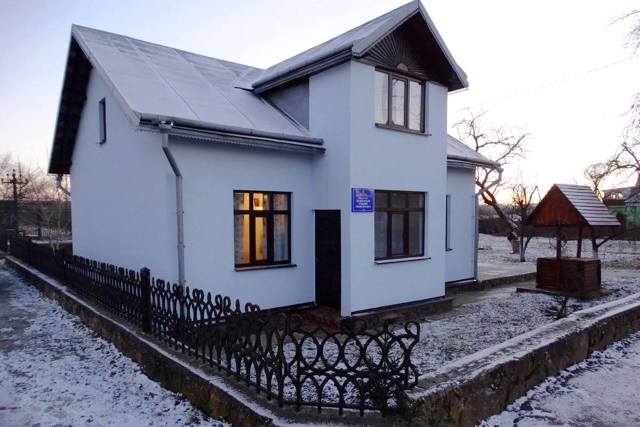
Ivan Franko Family House Museum
Museum / gallery
The Ivan Franko Family House Museum in Kalush is located at the exit from the city in the direction of Ivano-Frankivsk. This area of the city was once a separate village of Pidhirky, where the family of Onufriy Franko, the brother of the writer Ivan Franko, lived since 1904. The writer himself also often visited his brother's estate.
A two-story house, built in 1935 by the son of Onufriy Franko, Omelyan, has been preserved. In 1992, Omelyan's daughter Oksana Franko initiated the transformation of the house into a museum.
Letters and other family documents, household items, clothes, paintings are stored in seven exhibition halls. In "Franko Room" original things of Onufry Franko's family are presented, in particular, a unique collection of embroideries and household items. On the second floor, you can see a rare grand piano and antique household items that have been preserved since Onufriy Franko's family moved.
The Ivan Franko Family House Museum is one of the subdivisions of the Communal Institution "Museum and Exhibition Center of the Kalush City Council".
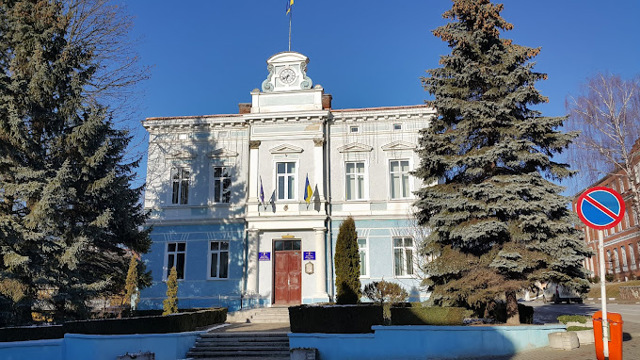
Kalush Town Hall
Architecture
The Kalush town hall was built in Kalush in the late 19th and early 20th centuries, opposite the Saint Valentyne's Church.
The city of Kalush used Magdeburg law since 1549. The first stone town hall existed in the 17th-18th centuries, but its location is unknown.
The current building of the city municipality is built in the style of classicism with elements of modernism, has an L-shaped shape. The main decoration is a low clock tower.
Until 1939, the Kalush magistrate sat here, and during the Soviet times, the district committee of the party moved here. In the early 1970s, the premises were transferred to the Department of Agriculture. Since 2005, the building has been undergoing long-term reconstruction.
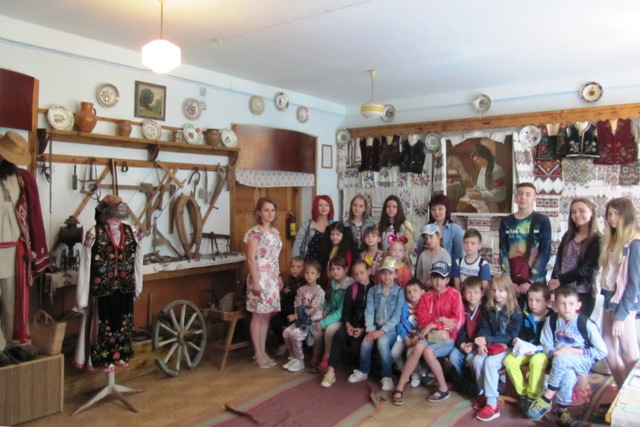
Kalushchyna Ethnographic Museum
Museum / gallery
The Kalushchyna Ethnographic Museum was created in 1994 at the Higher Vocational School No. 7 of the Kalush city on the initiative of teacher Valeriy Serdyuk.
The exposition presents the ethnographic collections of objects of traditional culture of Boykivshchyna and Prykarpattia collected by students and teachers, in particular, household and artistic objects of the 18th-20th centuries. In the section "Folk crafts and crafts" products of pottery, weaving, and blacksmithing are presented.
The collection of agricultural implements tells about ancient methods of farming and animal husbandry. The interior of a village house of the end of the 19th - beginning of the 20th century is reproduced.
There are many collections of embroidery, folk clothes, artistic products of folk crafts. In the section "Sacred monuments of Boykivshchyna" church antiquities of the 18th-20th centuries are presented.
Kalush on photo and video
Reviews Kalush
Geographical information about Kalush
| {{itemKey}} | {{itemValue}} |
|---|---|
| Region |
Ivano-Frankivsk |
